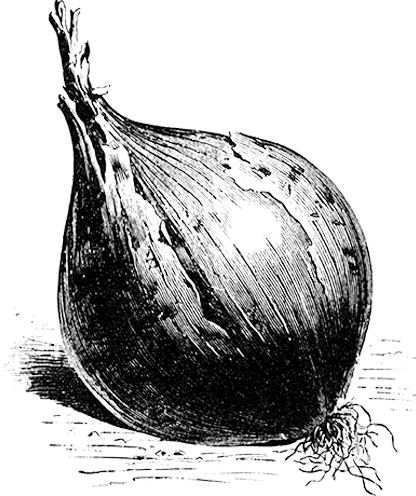Information
For many years Imperial Star has been our favorite among the artichokes. A few years ago the sister Tavor came out which is at least as good, if not better. She is very similar to her brother, but has fewer thorns and gives nice artichokes even with lower fertilizer rates. First comes 1-2 approximately 10 cm large artichokes, which are then followed by several smaller ones (5-6 cm) before the frost stops. Here in zone 3, the plants do not survive the winter, but maybe in milder zones with a proper winter cover.
A portion contains about 15 seeds.
| Product number: | 4868 |
|---|---|
| Scientific name: | Cynara cardunculus |
| Botanic family: | The Sunflower Family - Asteraceae |
| Organic: | Yes |
| Days to maturity: | 85 |
| Lifespan: | Biannual, Perennial |
| F1 Hybrid: | No |
| New variety: | No |
| Sowing time: | Pre-cultivate: January–March |
| Sowing depth: | 1-2 cm |
| Germination temperature: | 20-25 degrees |
| Germination time: | 10-20 days |
| Plant spacing: | 60 cm |
| Row spacing: | 100–150 cm |
| Height: | 100 cm |
| Plant location: | Sun |
| Harvest/blooming: | August–September |
| Seeds/g: | 25-35 seeds |
| Heirloom variety: | No |
Cultivation advice
Sowing
Artichoke needs quite a long season and must be pre-cultivated because of it. Sow indoors or in a hotbed 1-2cm deep, 6-8weeks before setting them out, when the soil has warmed up a bit. It grows quickly and tolerates some frost in autumn.Spacing
At least 60 cm of mutual space.Harvest
The flower-buds are harvested successively just before they begin opening and boiled in slightly salted water for 20 min. They tolerate a light frost in autumn.Seed
25-35 seeds/g.A portion contains about 15 seeds.
